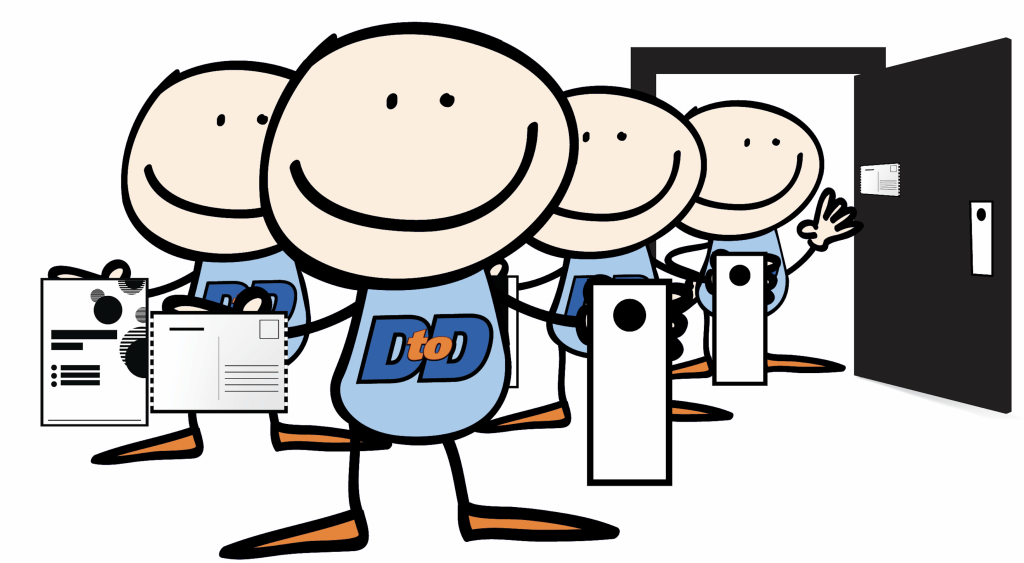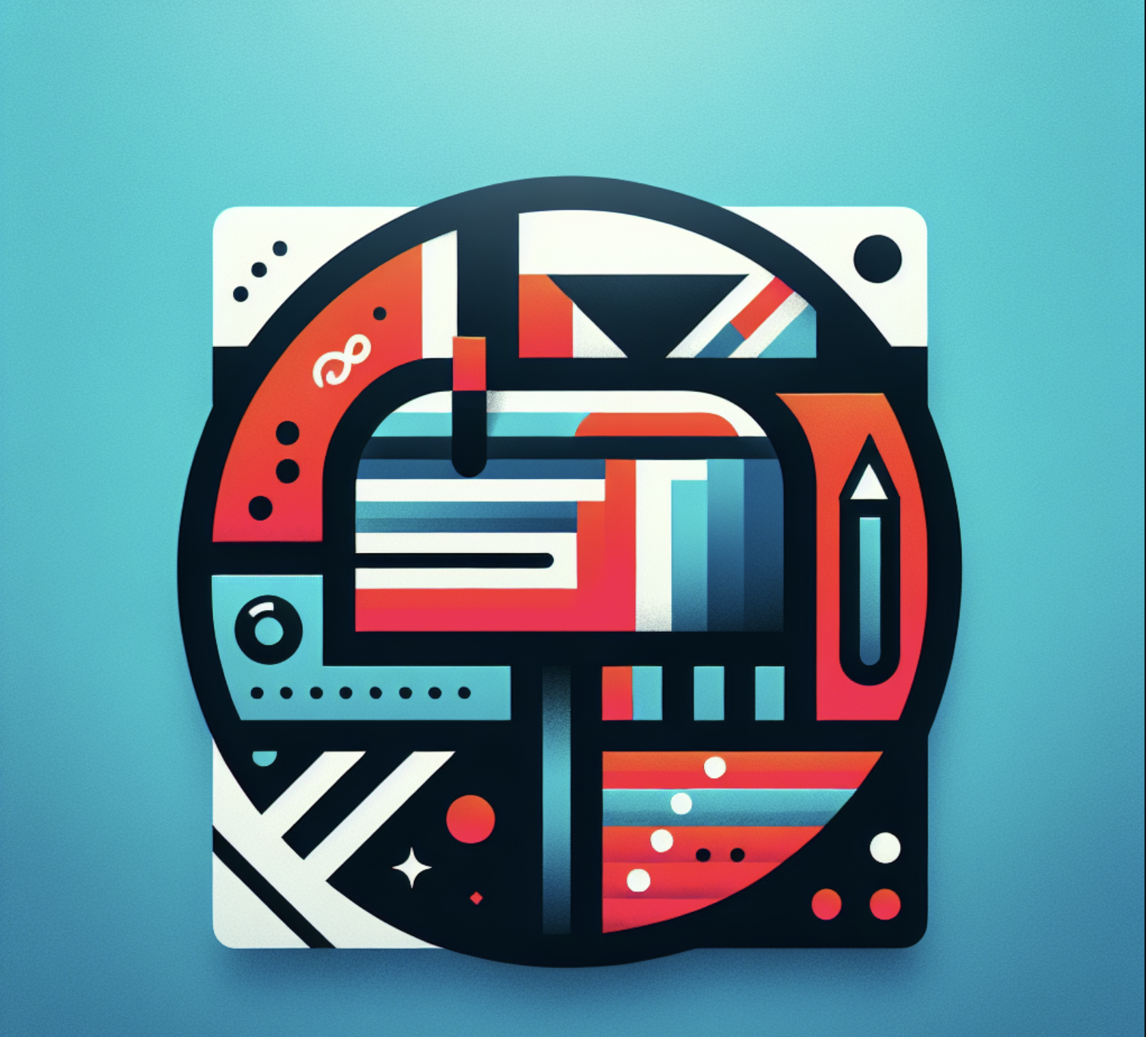
Understanding the Purpose of Your Flyer
Before diving into the design process, it’s crucial to define the purpose of your flyer. Is it meant to promote a product or service, raise awareness about your brand, or announce an upcoming event? The goal of your flyer will shape every design decision you make, from the layout to the messaging. For instance, a flyer promoting a limited-time sale might prioritize urgency and bold calls-to-action, while an event announcement might focus on providing clear details like date, time, and location.
Equally important is identifying your target audience. A flyer aimed at young professionals will look vastly different from one targeting retirees. Consider their preferences, pain points, and what would grab their attention. For example, a tech-savvy audience might appreciate sleek, minimalist designs, while a family-oriented audience might respond better to warm, inviting visuals.
Clarity of purpose is the foundation of effective flyer design. Without a clear goal, your flyer risks becoming cluttered or confusing, which can lead to it being ignored. Every element of your flyer—text, images, colors, and layout—should work together to serve its primary purpose and resonate with your intended audience.
Choosing the Right Format and Size
The format and size of your flyer play a significant role in how it’s perceived and whether it stands out in a crowded mailbox. Standard sizes like A5 (5.8 x 8.3 inches) and A4 (8.3 x 11.7 inches) are popular for their versatility and cost-effectiveness. A5 flyers are compact and easy to handle, making them ideal for quick promotions, while A4 flyers offer more space for detailed information or larger visuals.
For a more creative approach, consider non-traditional formats like folded flyers, die-cut shapes, or postcards. Folded flyers, such as tri-folds or z-folds, allow you to organize information into sections, making them perfect for storytelling or step-by-step guides. Die-cut flyers, shaped like your product or logo, can create a memorable impression. Postcards, on the other hand, are compact and often feel more personal, especially when paired with handwritten notes or personalized messages.
The size and format you choose should also consider visibility. In a mailbox filled with standard envelopes and promotional materials, a uniquely shaped or sized flyer can immediately catch the eye. However, balance creativity with practicality—unusual formats may cost more to print and mail, so weigh the benefits against your budget.
Crafting an Eye-Catching Headline
Your headline is the first thing recipients will notice, so it needs to grab their attention instantly. A bold, attention-grabbing headline can make the difference between your flyer being read or tossed aside. Think of it as the hook that draws people in.
To craft an effective headline, focus on being concise and benefit-driven. Highlight what’s in it for the reader. For example, instead of saying “New Gym Opening,” try “Get Fit for Less—Join Our New Gym Today!” This not only announces the opening but also emphasizes a benefit (affordability). Similarly, using action-oriented language or creating a sense of urgency can boost engagement. Headlines like “Limited Time Offer—Save 50% Today!” or “Don’t Miss Out on Our Biggest Sale of the Year!” spark curiosity and prompt immediate action.
Examples of effective headlines include:
- “Transform Your Home in Just 3 Days—Here’s How!”
- “Exclusive Invite: Be the First to Experience Our New Collection.”
- “Your Dream Vacation Awaits—Book Now and Save Big!”
Keep your headline prominent by using a larger font size, bold text, or contrasting colors to ensure it stands out.
Using Visual Hierarchy to Guide the Reader
Visual hierarchy is a fundamental principle of design that helps guide the reader’s eye through your flyer in a logical and engaging way. By strategically arranging elements like headlines, images, and calls-to-action (CTAs), you can ensure your message is delivered effectively.
Start with the most important element—usually the headline—at the top or center of your flyer. Use a larger font size, bold typeface, or a bright color to make it stand out. Next, place supporting elements like subheadings, images, or key benefits in a way that naturally leads the reader’s eye downward or across the page. Finally, position your CTA prominently, ensuring it’s easy to find and act upon.
Font size, color, and spacing are powerful tools for creating visual hierarchy. For example, using a bold, colorful headline followed by smaller, lighter text for details creates a clear distinction between primary and secondary information. Similarly, ample white space around key elements can make them stand out and prevent your flyer from feeling cluttered.
Selecting Colors That Pop
Color is one of the most effective ways to grab attention and evoke emotions. The psychology of colors plays a significant role in flyer design. For instance, red conveys urgency and excitement, making it ideal for sales promotions, while blue evokes trust and professionalism, which works well for corporate or service-oriented flyers.
When choosing a color palette, ensure it aligns with your brand and message. A children’s event flyer might use bright, playful colors like yellow and orange, while a luxury product flyer might stick to elegant tones like black, gold, or deep purple. Limit your palette to 2-4 colors to maintain a cohesive and professional look.
Contrast is equally important for readability and visual appeal. For example, pairing dark text with a light background or vice versa ensures your message is easy to read. Avoid using colors that clash or are too similar in tone, as this can make your flyer hard to read and less visually appealing.
Incorporating High-Quality Imagery and Graphics
High-quality imagery can elevate your flyer from ordinary to extraordinary. Professional photos, illustrations, and graphics not only make your flyer visually appealing but also help convey your message more effectively. For example, a restaurant flyer featuring mouthwatering images of dishes is far more enticing than one with plain text.
Icons, patterns, and textures can also enhance your design. Icons can be used to highlight key points or break up text, while subtle patterns or textures in the background can add depth without overwhelming the design. However, avoid overloading your flyer with too many elements, as this can make it look cluttered.
Ensure all images are high-resolution and print-ready to avoid pixelation or blurriness. If you’re using stock photos, choose ones that feel authentic and relevant to your message. Better yet, invest in custom photography or illustrations to make your flyer truly unique.
Writing Concise and Persuasive Copy
When it comes to flyer text, less is more. People are unlikely to read long paragraphs, so keep your copy concise and to the point. Focus on the benefits of your product, service, or event rather than just listing features. For example, instead of saying “Our gym has state-of-the-art equipment,” say “Achieve your fitness goals faster with our cutting-edge equipment.”
Use persuasive language that speaks directly to your audience’s needs and desires. Phrases like “Save time,” “Get more for less,” or “Transform your life” are more compelling than generic statements. Always include a clear call-to-action (CTA) that tells the reader exactly what to do next, whether it’s visiting your website, calling a number, or attending an event.
Finally, proofread your copy thoroughly. Typos and grammatical errors can undermine your professionalism and credibility.
Adding a Strong Call-to-Action (CTA)
A strong CTA is the linchpin of an effective flyer. It should be clear, actionable, and time-sensitive to encourage immediate engagement. Phrases like “Call Now,” “Visit Us Today,” or “Claim Your Discount Before It’s Gone” create a sense of urgency and prompt action.
Placement is key. Your CTA should be prominently displayed, either at the bottom of the flyer or near the headline, depending on the design. Use contrasting colors or bold text to make it stand out. If possible, include multiple ways for the audience to respond, such as a phone number, website, or QR code.
Printing and Paper Considerations
The quality of your flyer’s paper and printing can significantly impact how it’s perceived. Options like matte, glossy, or textured finishes can add a premium feel to your flyer. For example, a glossy finish is ideal for vibrant, colorful designs, while a matte finish offers a more sophisticated look.
Work with professional printers to ensure high-quality results. Discuss options like double-sided printing, edge-to-edge designs, and special finishes like foil stamping or embossing to make your flyer stand out.
Testing and Measuring Success
Before distributing your flyer, test it with a small audience to gather feedback. Use methods like unique promo codes or QR codes to track its effectiveness. Analyze the results and use the insights to refine future designs.
Bonus Tips for Standing Out in a Crowded Mailbox
Consider adding interactive elements like tear-off coupons or QR codes to engage your audience. Personalization, such as addressing recipients by name, can also make your flyer feel unique. Finally, timing and distribution strategy are crucial—mail your flyers when they’re most likely to be noticed, such as before a weekend or holiday.


